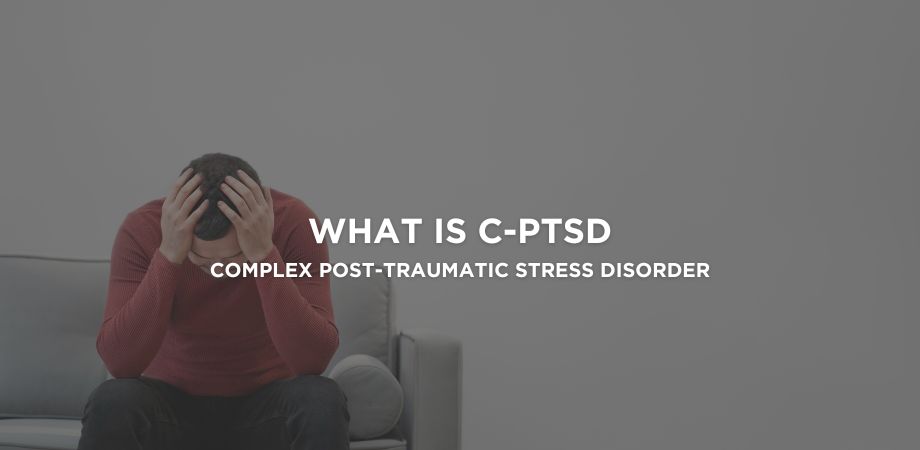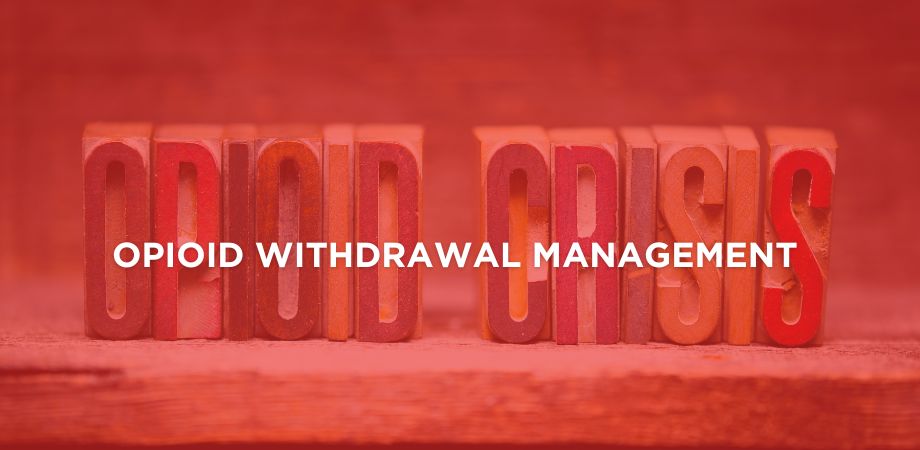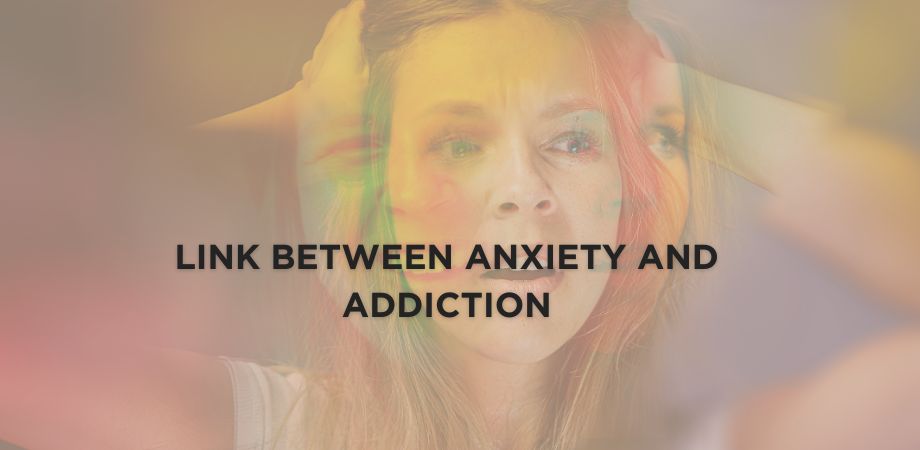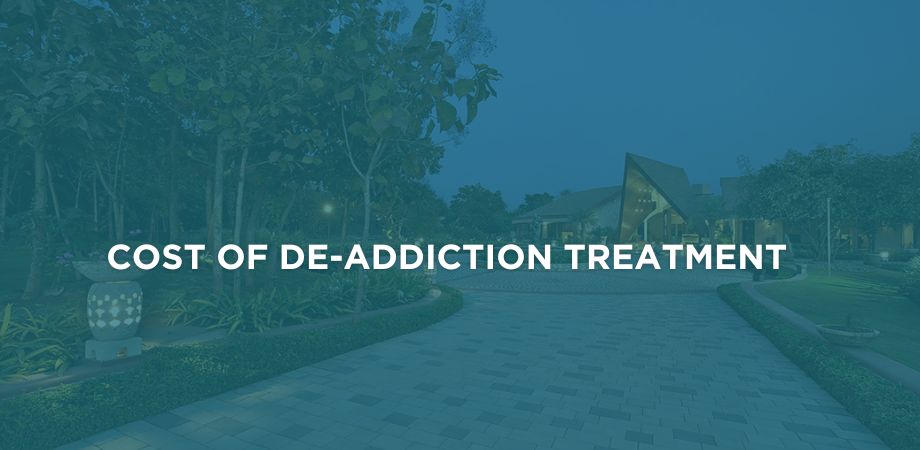Complex post-traumatic stress disorder (CPTSD) is a mental health condition that develops after an individual experiences long-term trauma. The struggle of C-PTSD starts at night and carries a deep sense of helplessness, fear, and betrayal. This torment completely erodes the stability that is achieved during the day, leaving clients exhausted and hypervigilant.
The global prevalence of C-PTSD is 6.2 %, with these people struggling in their lives due to the disorder. Residential treatment is an effective way to replace this chaos with safety and structure. However, safety isn’t enough, so these inpatient rehab centers in India offer targeted evidence-based techniques and staff to help patients. The whole idea is not to stop or suppress these dreams, but to rewrite the script and calm the nervous system.
Heal in a Safe, Caring Environment
Call Us at 1800-547-2060 for a Free Consultation.
What is CPTSD?
Complex Post-Traumatic Stress Disorder (CPTSD) is a set of symptoms that extends beyond the typical criteria for PTSD. PTSD is linked to a singular, time-limited traumatic event, but is also a consequence of repeated or relational trauma. This includes significant emotional problems, disturbance in self-perception, and insomnia. PTSD has a high arousal, but C-PTSD takes it to a chronic level, causing intense emotional chaos.
The hallmark of CPTSD is nightmares, which often represent or re-enact the prolonged abuse or neglect. These nightmares are very devastating, leading to fear, sleep deprivation, exhaustion, and a state of hypervigilance. Residential rehabilitation centers, like Alpha Healing Center, aim to empower the client to rewrite their own narrative and not struggle with nightmares.
What are the Causes and Symptoms of C-PTSD?
The cause of complex PTSD, as per the ICD-11, results from the exposure to a series or a singular traumatic event of threatening nature. The escape from these events becomes difficult and is usually repetitive. Some examples of these events are torture, domestic violence, physical abuse, sexual exploitation, etc. The traumatic events profoundly affect the brain chemistry and structure.
The symptoms of C-PTSD include:
- Flashback to the traumatic event
- Highly disturbing nightmares
- Emotional dysregulation resulting in chronic anxiety and mental problems
- Excessive attention to the possibility of danger
- Difficulties in relationships
- Profound feeling of guilt or shame
Treatment for C-PTSD in Residential Care
The treatment for C-PTSD requires constant supervision and care to treat its complexity. Residential treatment centers offer a supportive and intensive environment to treat the disorder. The treatment usually follows a trauma-informed approach, with the stabilization phase focusing on establishing safety and regulating emotions. Some techniques followed at residential rehab centers include:
1. Daytime Affect Regulation
Effective management of vivid nightmares starts during the day. Residents at rehab centers are taught tools to tolerate this emotional distress, which helps strengthen their psychological capacity.
- Mindfulness and Grounding: Techniques like the 5-4-3-2-1 technique are a great way to manage stress and anxiety by focusing on the present moment. It helps the client pull out of emotional flashbacks and anchor them in the present.
- Distress Tolerance Skills: Skills from Dialectical Behavior Therapy (DBT), such as paced breathing, muscle relaxation, and intense exercise, are used to reduce emotional intensity.
2. Cognitive Behavioral Therapy (CBT)
Cognitive Behavioral Therapy (CBT) is an effective behavioral therapy for identifying and changing negative thoughts. It helps challenge catastrophic thoughts about sleep and helps in stimulus control and cognitive restructuring. It also provides sleep hygiene education and exercises to assist in effective recovery.
CBT also helps establish a consistent bedtime routine by optimizing the sleep environment and avoiding stimulants. It aims to rescript the nightmare to make it non-distressing. The rescripted nightmares are practiced during the day alongside a therapist to incorporate into their dreams.
3. Imagery Rehearsal Therapy (IRT)
Imagery Rehearsal Therapy is a gold standard for treating C-PTSD. It works on these 3 simple steps:
- Identify the Dream: The first step is to identify the distressing dream.
- Rescript the Dream: The client then focuses on rewriting the narrative of the dream and changing the horrific elements. This usually involves a positive or victorious event at the end of the dream. However, the rescripted version should be positive and emotionally neutral.
- Rehearse the New Dream: The new dream is rehearsed by the client during the day or 5-10 minutes before falling asleep. The entire goal is to replace the old fear with a safer memory.
4. Exposure, Relaxation, and Rescripting Therapy (ERRT)
ERRT is an expansion of IRT, which often includes a written component and incorporates relaxation training. It includes:
- Exposure: The client writes down details of the nightmare in detail.
- Relaxation: The client is subjected to Progressive Muscle Relaxation (PMR) or diaphragmatic breathing to manage anxiety before engaging with the nightmare content.
- Rescripting: The client rehearses the rewritten dream, similar to the IRT approach. This helps create a non-distressing version of the dream.
5. Exposure Therapy
Exposure therapy aims to present certain images to an individual about the trauma, guided by a therapist. This helps the patient confront their fears and not avoid them.
6. Eye Movement Desensitization and Reprocessing Therapy (EMDR)
EMDR follows a traumatic event in detail step-by-step, following a therapist’s guidance. It utilizes bilateral stimulation, including eye movements and touch, to recall these distressing images. This helps process and integrate the traumatic experiences, especially on the sensory-body level.
7. Medications
Medications can be used to target nightmares when behavioral therapies are not sufficient. Prazosin is the most well-established medication to reduce nightmares by blocking the effects of norepinephrine in the brain. This helps reduce the frequency and intensity of nightmares.
8. Night Support
A residential setting is pivotal in implementing support during vulnerable nights. Alpha Healing Center has a specialised team that helps manage patients’ night terrors or sleepwalking, prioritizing the client’s immediate safety. The staff provide non-intrusive checks for any patients who wake up in distress, offering reassurance and a safe connection to reality. Additionally, we provide them with a personalized toolkit, such as a stress ball or essential oils, to help relieve them from a nightmare.
Frequently Asked Questions
Yes, the use of evidence-based therapy and daytime regulation helps reduce the frequency of dreams. A residential treatment setup offers a structured support system to help attain the best results.
Yes, substances significantly affect the sleep cycle, making the nightmares intense. Substances, like alcohol or drugs, can initially help people fall asleep, but over time, they will affect the sleep cycle. All this can significantly cause dual-diagnosis, making recovery difficult.
PTSD and CPTSD can be differentiated by the length of the trauma and symptoms. PTSD is a short-term trauma, like a vehicle accident or natural disaster. However, CPTSD is caused by psychological and behavioral stress, resulting in flashbacks and hypervigilance.





